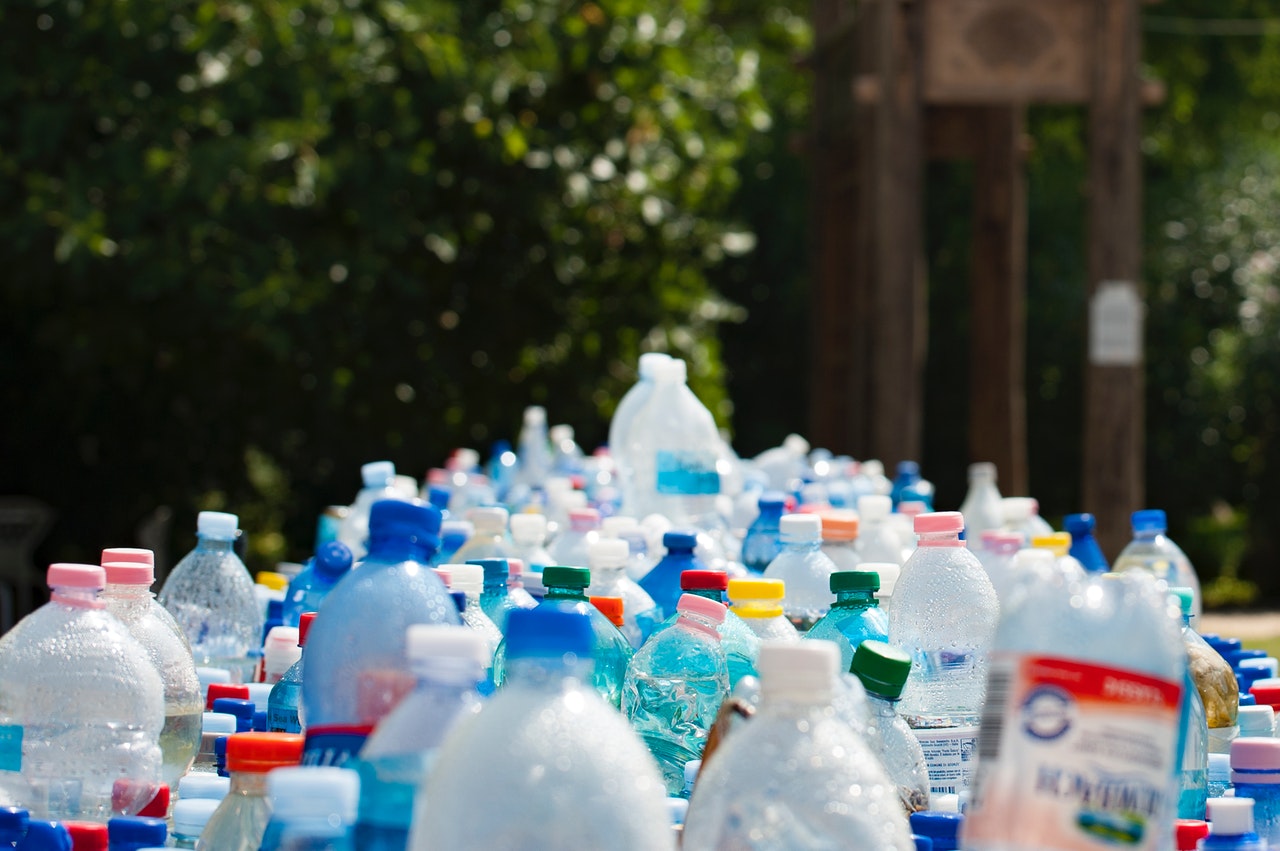How To Start Pet Bottle Manufacturing Business?
Introduction
PET (Polyethylene Terephthalate), a kind of plastic or polyester whose uses vary from blankets supplied by Emirates Airlines to Indian cricket team jerseys produced by Nike, has been a significant benefit to the F&B business. PET’s use in producing bottles has been increasing in this era of globalisation with environmental sustainability due to its 70% recycling rate and properties such as being strong yet lightweight, non-reactive and cost-effective.
Potential market size
The worldwide PET bottle market reached 12.7 million tonnes in FY 2019, with a compound annual growth rate of 2%+ from 2014 to 2019. A shift toward westernisation, changing dietary habits, and increased disposable income have led to an increase in demand for PET bottles. The versatility of the PET bottle structure has extended its use in terms of look and function.
Licenses are required:
The domestic plastics sector, on the other hand, is unlicensed and unregulated. Furthermore, the government offers 100 percent foreign direct investment with no sectoral gaps through an automated method. The following licenses/documents are required:
- Licenses to do business
- Registration for sales tax
- Registration of a business with the ROC
- MSME registration using Udyog Aadhar
- NOC from the pollution control board
- Tax registration as a professional
- Factory authorization
Investment required:
The initial investment necessary to join the plastic bottle making machine manufacturers is restricted to up to 1.6 crores, including machinery. However, the business may be started on a modest scale with a budget of 10-12 lakhs.
Profits:
A typical PET manufacturing factory can manufacture 5,840,640 bottles each year, with a profit per mould at roughly 2000 dollars.
Consumers to target:
The PET bottle customers can be classified as follows:
- Agrochemical industry
- Homecare industry
- Wellness and pharmaceutical industry: ointments, syrups
- Edible oils industry: retail oil bottles
- Packaged/water business: mineral, sparkling
- Drinks sector: liquor, carbonated, dairy
- Personal care industry: cosmetics, baby items
Required raw materials:
The following raw materials are required for the production of PET bottles:
- PET granules are a type of granule that is made of PET.
- Flakes of PET bottle
- PET polymers are a kind of polymer.
- Water, power, and electrical supply
- Jars
The following machine is required:
- Injection moulding machine: ₹750000
- Blow moulding machine: ₹80000
- Compressor: ₹150000
- Cooling tower: ₹150000
- Chiller unit: ₹80000
- Lather 8 ft. Refurnished: ₹110000
- Lathe 5 ft.: ₹72000
- Pillar drill 26 inches with pump: ₹50000
- Facer: ₹ 150000
- Shaper: ₹125000
Required area:
This project will necessitate roughly 5000 square feet of land.
This comprises land for the administration building, the production area, the raw material storage area, the completed goods storage area, the loading area, the workshop area, and the cooling area.
Manpower needed:
The following is a breakdown of manpower:
- Production supervisor
- 1- Accountant
- 2-Operator of an injection machine
- 2-Operating a blow machine
- 1-Pre-form handler 4-Assistants
- 3-Guards
Furthermore, each member of the workforce is expected to get training by:
- Procedures for handling equipment
- Procedure for utilising a machine
- Precautions and safety measures
- There are health and sanitary amenities provided.
- On-the-job and off-the-job training are also available.
Growth and business model
The business model may be made up of these four aspects; in the instance of the PET industry, they are as follows.
- The value proposition The distinctive selling feature and value generated from producing PET bottles as a company is its recycling rate of 70%, which makes it an important commodity in the key contributing retail sectors. For example, non-reactive containers that the FDA has authorised can be utilised in the food and beverage sector. Personal care: Does not contain BPA and may thus be used to store baby/infant related goods.
- Consumers to be targeted: This product’s target consumer includes various sectors, including healthcare, food & beverage, agrochemicals, and pharmaceuticals.
- Review of Competitors: The main makers of PET bottles in today’s market are Chemco Group, Skype Polymers, Sibi Polymers, and others.
- Marketing strategy: Using a penetrating marketing strategy, these bottles’ marketing strategy is redirected across numerous categories.
F&B and pharmaceutical industries: Print and digital media
Environmental activist groups that influence consumer habits to choose environmentally friendly items include: Instagram, influencers, and social media are all terms used interchangeably.
Growth
To begin, the PET business is expected to see a $20 million boost in earnings by the end of 2020 worldwide. Second, rising health and F&B industries, as well as a shift in consumer lifestyle toward the usage of ecologically friendly goods, are expected to drive demand for PET between 2020 and 2025. Third, the nature of PET, which is non-reactive, light in weight, anti-bacterial, and has a high recycling rate, has made this product ubiquitous in any industrial aspect.
Profitability
The PET bottle has a profit margin of up to $2,000 per mould.
Conclusion
PET bottle manufacturing has not only a big market potential but also a thriving target consumer base. This industry’s growth is expected to continue until the target mentioned above customer’s demand PET bottles for storage; it will never remain stationary. While getting into the PET bottle manufacturing industry will need a significant investment, the machinery will have low maintenance and obsolescence costs, little personnel requirements, and more than simply a respectable ROR in a short period.

